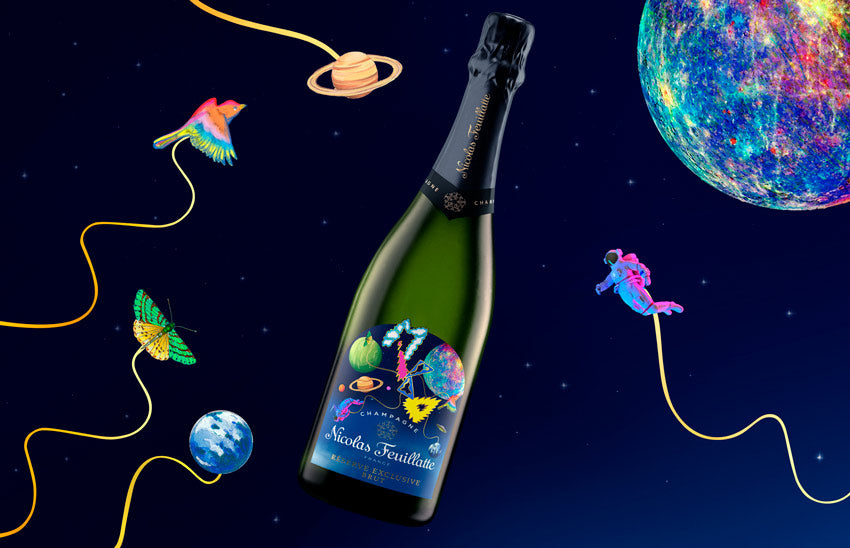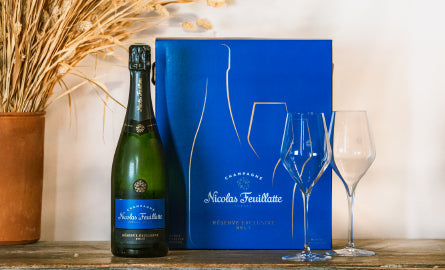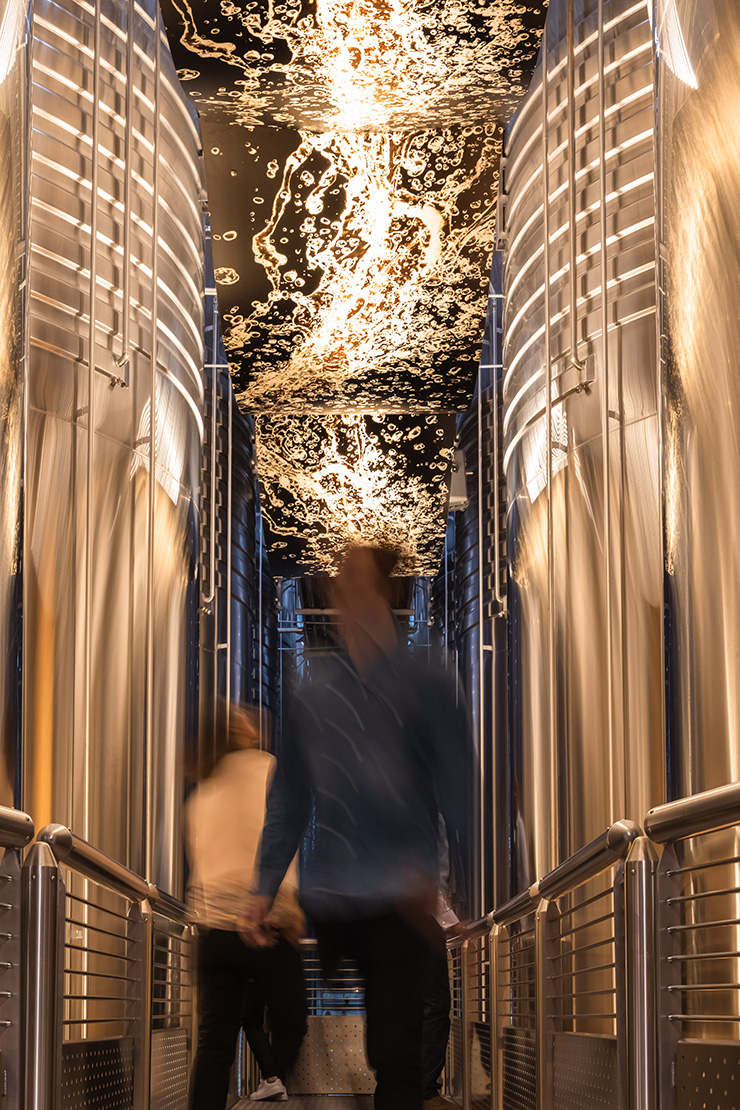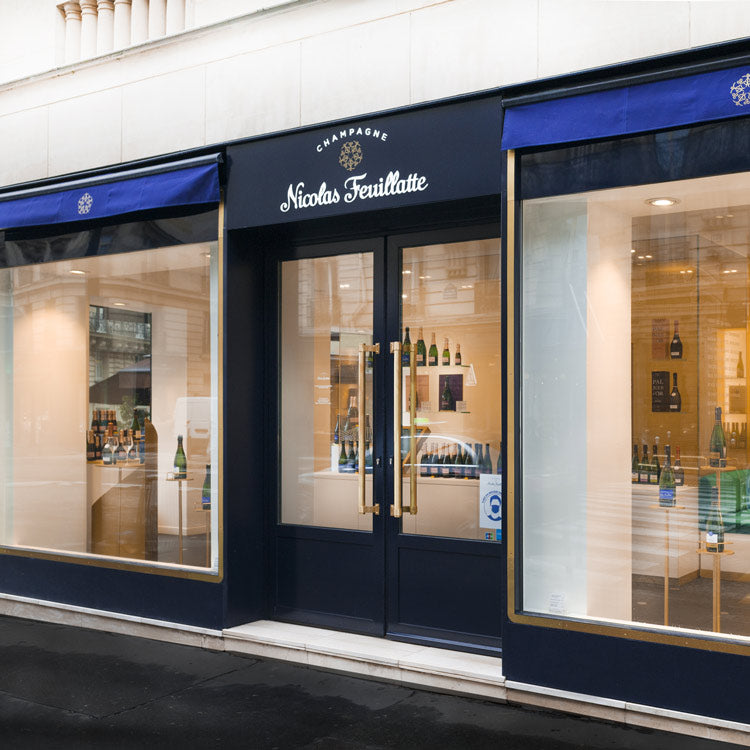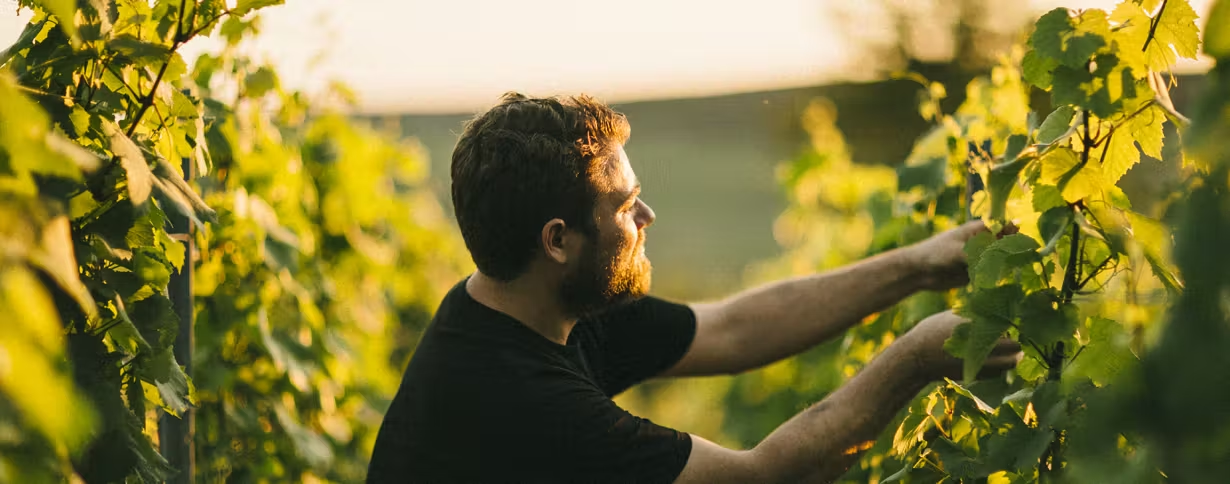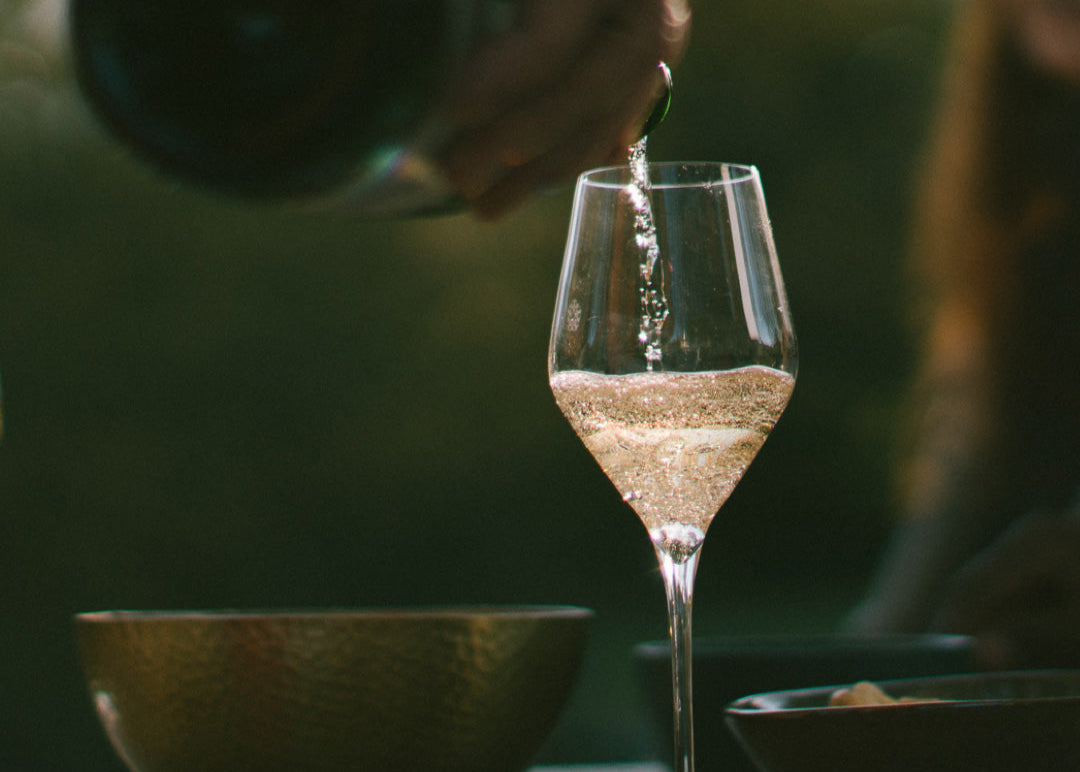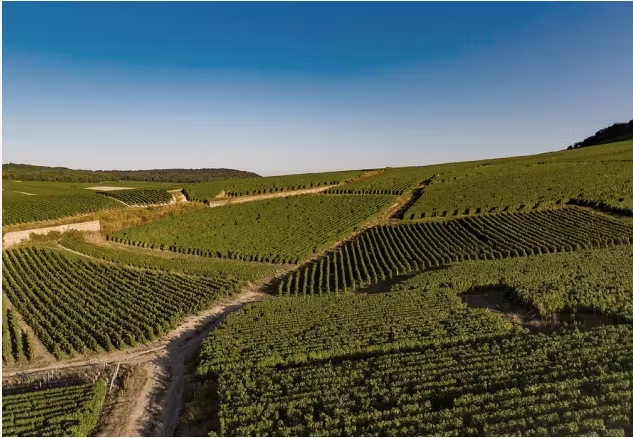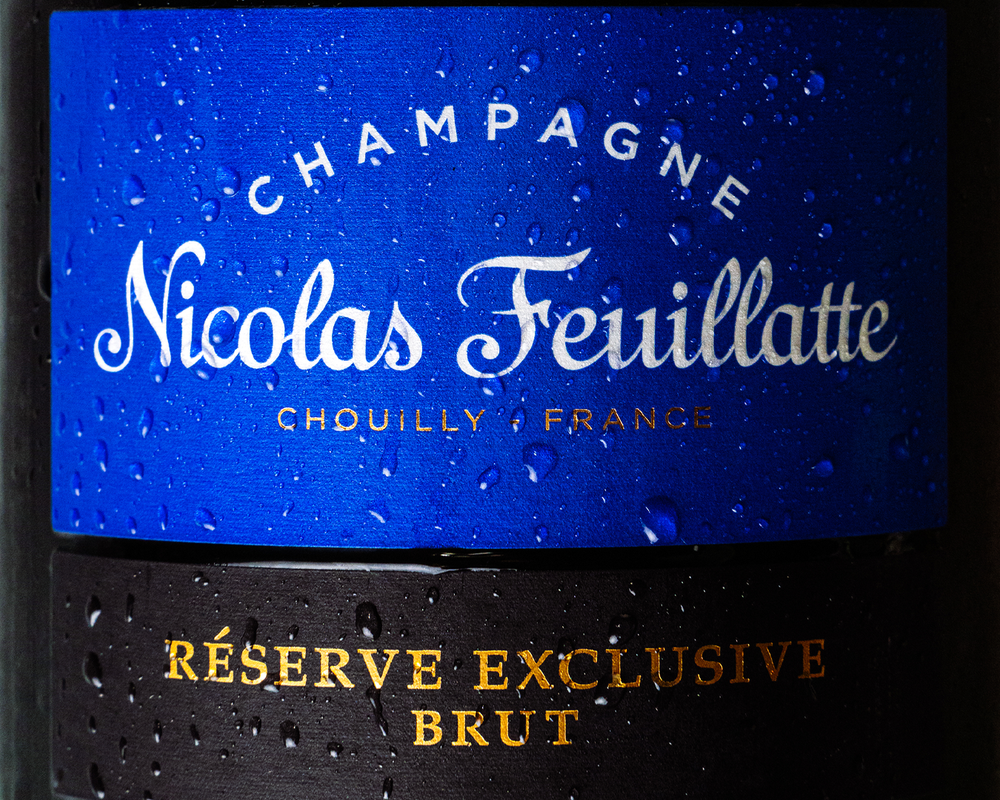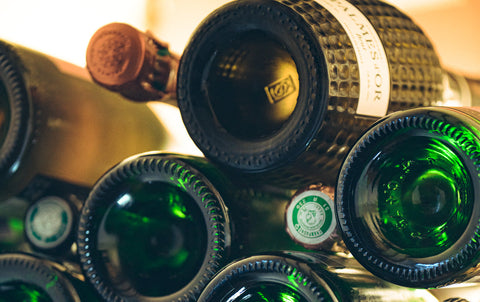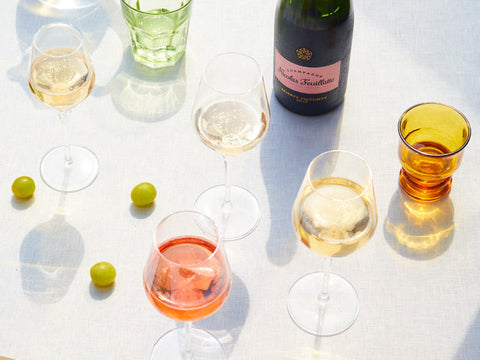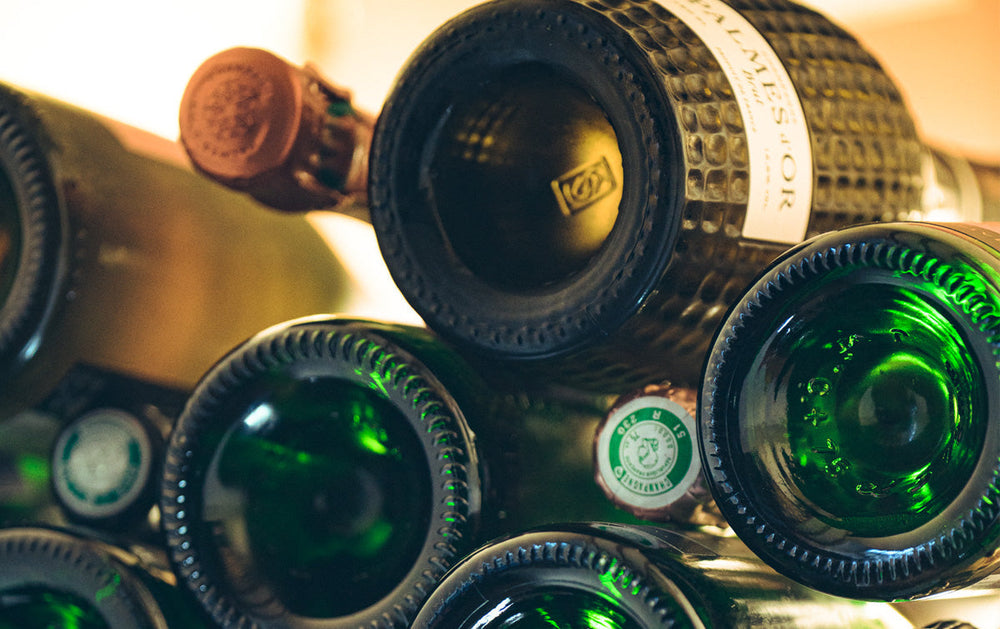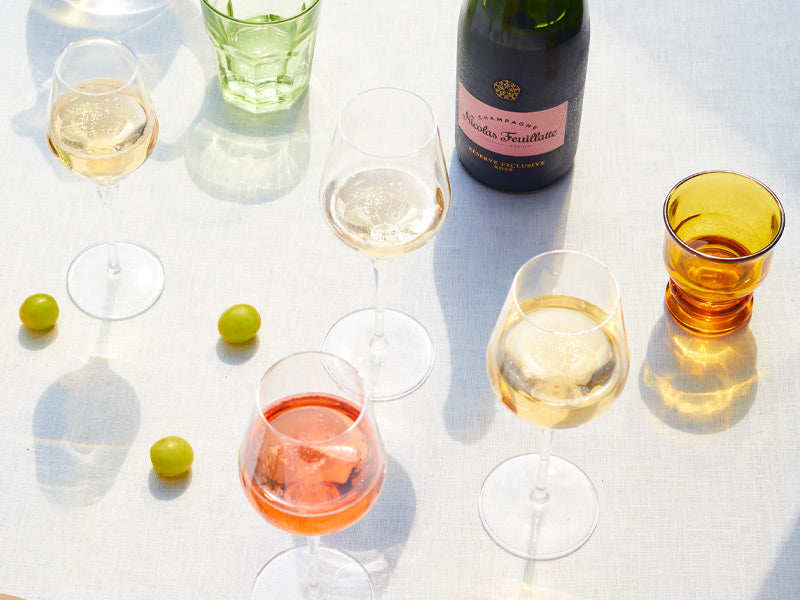By carefully reading the label, you can learn a lot about the quality of the wine on offer. Knowing how to interpret this information makes it easier to choose the right bottle of champagne. Find out more about the terms you need to know, from Maison Nicolas Feuillatte!
The importance of reading a champagne label carefully
The label provides vital information about its origin and composition, a sort of identity card for the wine. Its presence helps reassure the consumer about the origin of the wine, particularly because the use of the term "champagne" is limited. It is in fact a controlled designation of origin (AOC). You should also be wary of products that are misleading by their appearance. If "champagne" is not clearly written on the label... it is simply because it is not champagne!
Another advantage: knowing exactly who produced the cuvée. Here, the reputation of the Champagne Houses takes on its full importance. The prestige acquired over the decades remains a major argument when choosing a bottle, a guarantee of quality.
Then, the label allows you to know more about the dosage, in other words the sugar content. The quantity of sugar present defines the type of champagne offered, between Doux, Semi-dry and Dry, Extra-dry, Brut, Extra-brut and even Brut Nature.
The label provides another important piece of information. It specifies whether the wine is a Premier Cru or a Grand Cru. In the Champagne vineyard, a cru is associated with the commune where the vines are grown. The Champagne AOC legally specifies which communes belong to one or other of the categories, depending on the quality of their terroir.

Information that must be mentioned
Mandatory information
There is a legal obligation to indicate certain information on the label:
● The mention champagne,
● The name of the manufacturer (or its company name),
● The municipality of the place of production and that of the head office, if they are not the same,
● Sugar content (dosage),
● The professional registration number and professional category of the producer,
● The provenance (a mention attesting to its production on French soil)
● The alcohol content,
● There bottle capacity,
● The nominal volume (Vn),
● The batch number from which the bottle is extracted,
● Allergens present,
● The message concerning pregnant women, or any other legal provisions related to health.
Concerning the professional category, it is expressed through initials: NM for Négociant Manipulant, RM for Récoltant Manipulant, RC for Récoltant-Coopérateur, ND for Négociant Distributeur, MA for Marque Acheteur or CM for Coopérative de Manipulation. It is this last qualifier that is used for Maison Nicolas Feuillatte.
Optional mentions
Other information may appear on the labels without being obligatory:
-
The Vintage, if the bottle is part of one of these exceptional vintages,
-
The grape variety(ies) used,
-
The type of champagne present (such as Blanc de Blancs, Blanc de Noirs or Champagne Rosé),
-
The Representative Rights Capsule (CRD).
As a reminder, between a champagne Blanc de Blancs and a Blanc de Noirs, the difference lies in the grape varieties used. While a Blanc de Blancs is produced entirely from white grapes (Chardonnay), the Blanc de Noirs is made exclusively with black grapes (Pinot Meunier or Pinot Noir).
How to choose your champagne based on the label?
Several points must be observed in order to choose your bottle of champagne wisely First of all, check for the presence of the word champagne. The shape of the bottle is notably used by other sparkling wines, which can be confusing.
Next, the name of the House is always interesting to note, especially when you're starting to enjoy a little experience with Champagne wines. The dosage is also very important, as it indicates the type of Champagne thanks to its sugar content. Between a Demi-Sec and an Extra-Brut, for example, you won't enjoy the same experience at all, with consequences for the conditions of service.
Finally, when present, the mentions linked to the grape varieties or identifying a possible Vintage constitute valuable information, for a very successful food and wine pairing .

